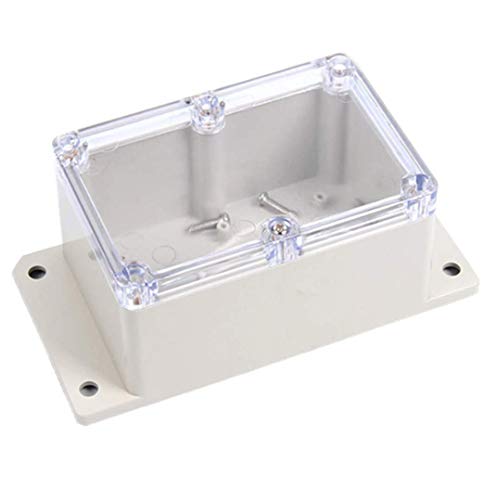Ha ha, I see how you read it now, Ian - it is the missing comma that caused the problem.
- it is the missing comma that caused the problem.
Anyway, he meant that the 'main RCCB' was on (closed) and the MCBs were open - except for a lighting circuit - then switched lighting circuit off to test it, using portable lamp.
Apologies if I contributed towards the mix-up.
Anyway, he meant that the 'main RCCB' was on (closed) and the MCBs were open - except for a lighting circuit - then switched lighting circuit off to test it, using portable lamp.
Apologies if I contributed towards the mix-up.
































































